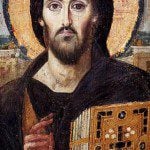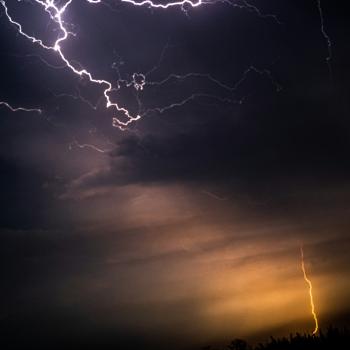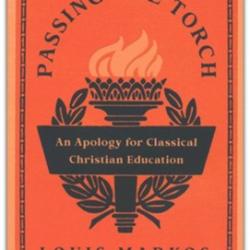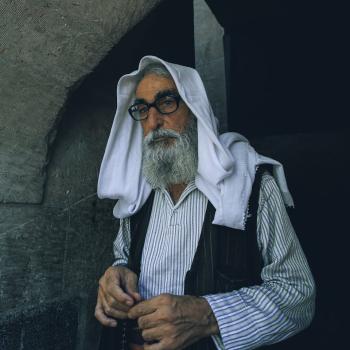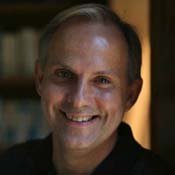Her name evokes another prophetic woman in the scriptures, Miriam, the sister of Moses. She is often mentioned in the Koran and in Islamic tradition she and her son, Jesus, are revered. She has been evoked in more Christian art—and asked to serve as an intercessor in more Christian prayer—than anyone other than Jesus. But for some centuries now, Mary has been a divider rather than a uniter.
The Virgin Mary has always been ground zero for theological questions. During the early days of the Church, her giving birth to Jesus shaped the argument about whether he was God, human, or both. When the Church shaped Jesus into the wrathful Christ of Judgment, Mary assumed some of his merciful attributes and became a figure in Heaven who could and would intercede for sinners.
And when the Protestant Reformation targeted Catholic excesses, it was Mary who became a dividing line for generations. In Walsingham, England, for example, where Marian devotion had attracted thousands of pilgrims to the shrine there, reformers stole the statue of Mary away and took it to London, where it was destroyed. In other places, Protestant reformers paraded statues of Mary through whorehouses and then chopped them into kindling and burned them.
Protestant treatment of Mary has been less violent in centuries since, but it has been no less extreme in trying to remove Mary from the picture. Kathleen Norris describes a typical Protestant childhood where Mary was taken out for Advent and Christmas, then put away for the rest of the year. That was certainly the case in my own household.
The late Rev. Peter Gomes, of Blessed Memory, used to tell a joke about the Protestant theologian who arrived at the gates of Heaven, where he met Jesus.
"Professor," Jesus said to him, introducing him around. "You know my Father already. But I don't believe you've met my mother—"
Whether or not you're miffed by so-called Catholic excesses (which are of relatively recent vintage, most of them; the dogma of the Immaculate Conception was defined in 1854 and the Assumption of Mary into Heaven in 1950), something powerful and beautiful has been lost from Christian life by ignoring the wisdom of Mary. In the last decade, Protestants have begun readmitting Mary to the counsel of the spirit.
Mary is, after all, second only to Jesus in the importance of her appearances in the Christian Testament. She is the first disciple of Jesus. She is there at his birth, during his childhood, and into his adult years. She initiates his public ministry (in the Gospel of John) with her water-to-wine noodging at the Wedding at Cana. She is there at his death, and after his resurrection. And in the Acts of the Apostles, she is listed with the other major disciples as present in the upper room when the Church begins. No other figure—not Peter, not John, and certainly not Paul—has the range of life experiences with Jesus or testifies so powerfully to Jesus in the Christian Testament.
Without even wrestling with questions of intercession or devotion—and even a Marian enthusiast like John Paul II always clearly stated that love of and devotion to Mary was focused on Jesus, not delegated to her—those of us who take scriptural revelation seriously can see that Mary is an important figure in the Bible, and that her example, like any saint's life, can be an inspiration and a guide to us today.
Giving Birth to Jesus
Among Mary's traditional titles are Mother of God and God-Bearer, and the circumstances of this conception and birth were particularly striking. In her willingness to carry out God's will, in her acceptance of who and what Jesus might be, she is considered by Christians of all sorts to be the first disciple. Martin Luther called Mary "the paradigm of faithfulness," and so she is. In a circumstance where many, nay, most of us would have shaken our heads or checked our meds, Mary said yes to God.
God's plan was and is miraculous, but Jesus had to be incarnated, brought into human form. And because God created us with human choice, that plan required human agreement. God will never ask something so challenging of any of us, but Mary offers us an example of what can happen when human beings say yes to God and become partners in God's rescue mission of the cosmos. Like Mary, we are given the choice to participate or not, but our "yes" also opens the door for miracles.
Holding Space for Sorrow
A doctor friend tells a story about how she was working in the E.R. one day when a young pastor was brought in, electrocuted in a freak accident in front of hundreds of parishioners during worship. It was more than she could take, looking at his handsome young form, at his grieving mother and father.
It was beyond believing, too awful to be true.
